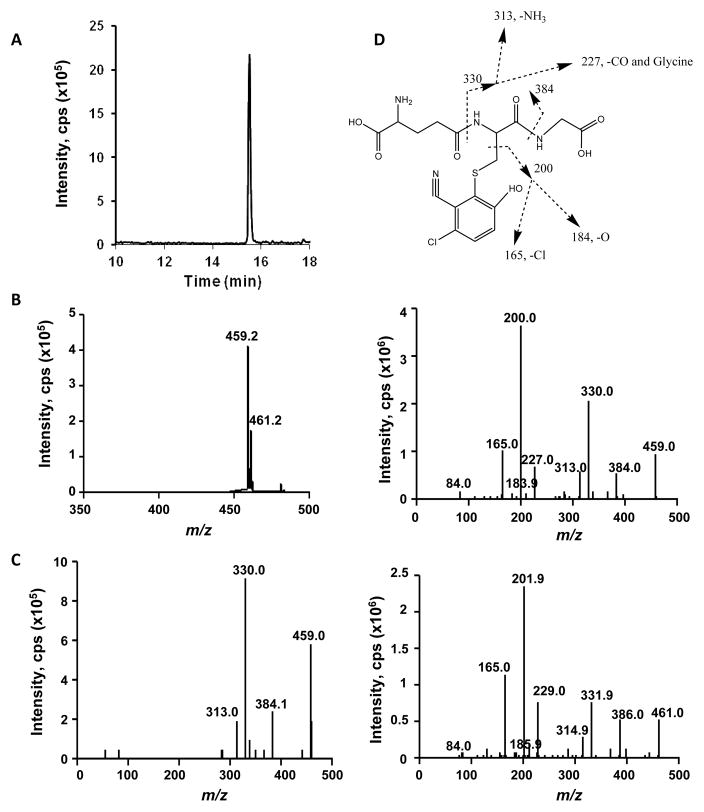Fig 1. LC-MS/MS detection and identification of GS-DCBN.
GS-DCBN was produced in incubations of DCBN with nasal mucosa microsomes from WT mice. Complete reaction mixtures contained 50 mM phosphate buffer, pH 7.4, 30 μM DCBN, added in 1 μl methanol, 0.5 mg/ml nasal mucosa microsomal protein from 2-month-old male mice, 5 mM GSH, and 1 mM NADPH, in a final volume of 0.1 ml. The reaction was carried out at 37 °C for 10 min. In control incubations, NADPH was omitted. (A) Chromatogram of GSH conjugates detected by LC-MS/MS using the neutral loss scanning for m/z 129, in the positive ion mode; (B) MS spectrum of the peak detected in (A); (C) MS/MS spectrum obtained using NL-EPI analysis of the peak detected in (A); (D) LC-ESI-MS/MS product ion spectra of GS-DCBN standard at m/z 459 and m/z 461, in the positive ion mode. Proposed fragmentation of the [M+H]+ ion of GS-DCBN is also shown.

